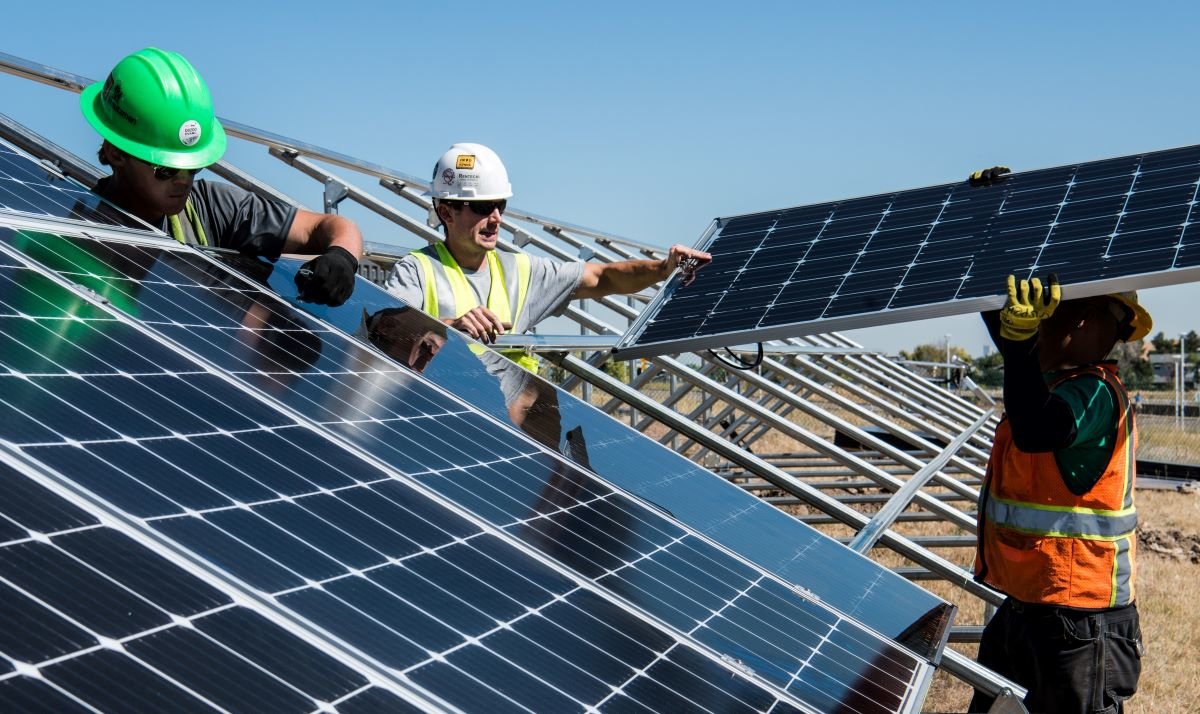2021 marks the start of a new cycle of intense legislative activity for the European Green Deal. The ‘Fit for 55’ package is expected to put in place delivery mechanisms to reduce emissions by at least 55% by 2030, and ultimately achieve climate neutrality by mid-century.
In the energy sector, the package will adopt wide-ranging policies including amendments to the Renewable Energy Directive, the Energy Efficiency Directive, the Third Energy Package for gas, the Energy Taxation Directive, the Deployment of Alternative Fuels Infrastructure Directive and the Energy Performance of Buildings Directive. At the same time, 2021 will be a year of economic recovery efforts, with infrastructure and regulation choices determining whether the EU seizes the opportunity to ‘build back better’. Given the urgent nature of delivering speedy decarbonisation and its scope, the ‘Fit for 55’ package has the potential to make or break the EU’s ability to deliver on climate neutrality by 2050.
Our analysis aims to focus upcoming energy legislation on to the structural elements that are needed to decarbonise the energy sector by mid-century. We first take stock of EU progress in decarbonising the energy sector, then point towards ways in which existing forward plans and tools must be improved to accelerate the transition. Finally, we propose six design principles for European Green Deal policies to effectively achieve climate neutrality in the energy sector.


